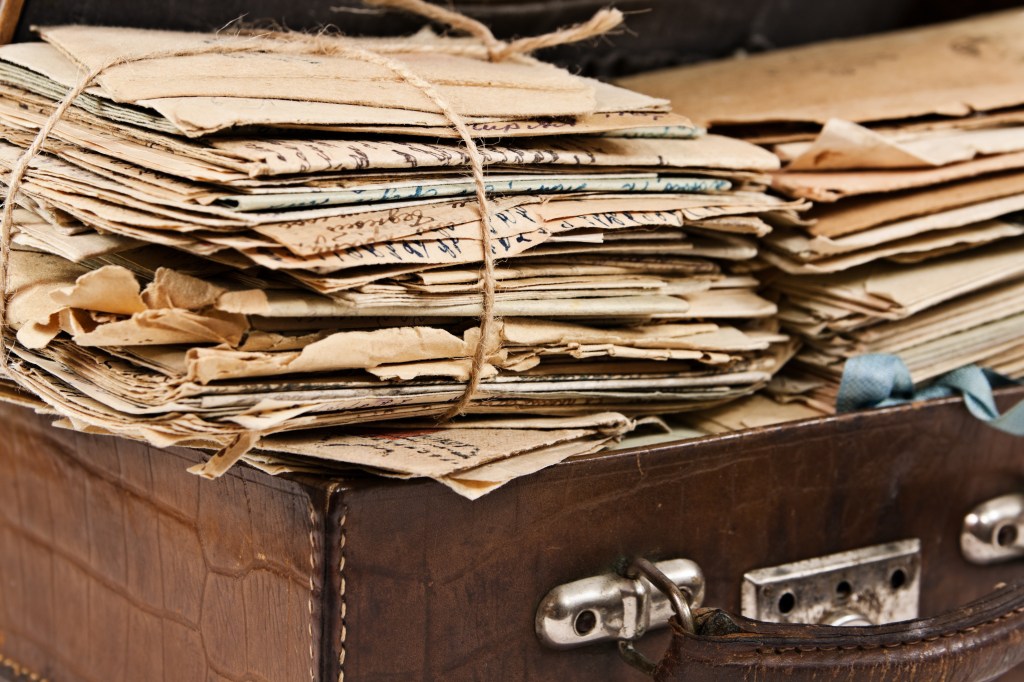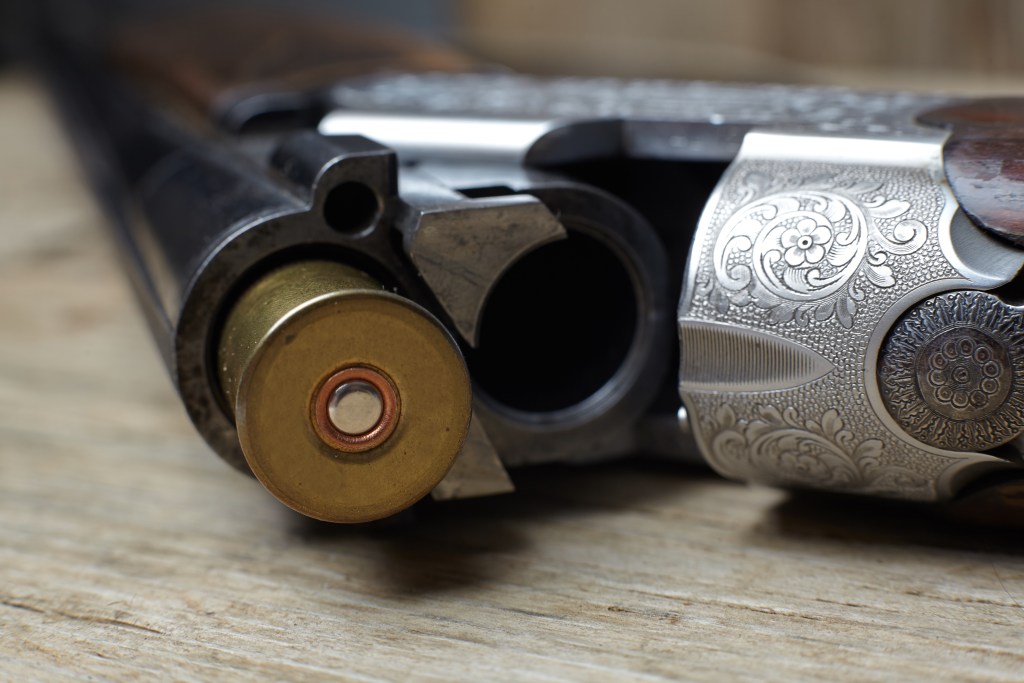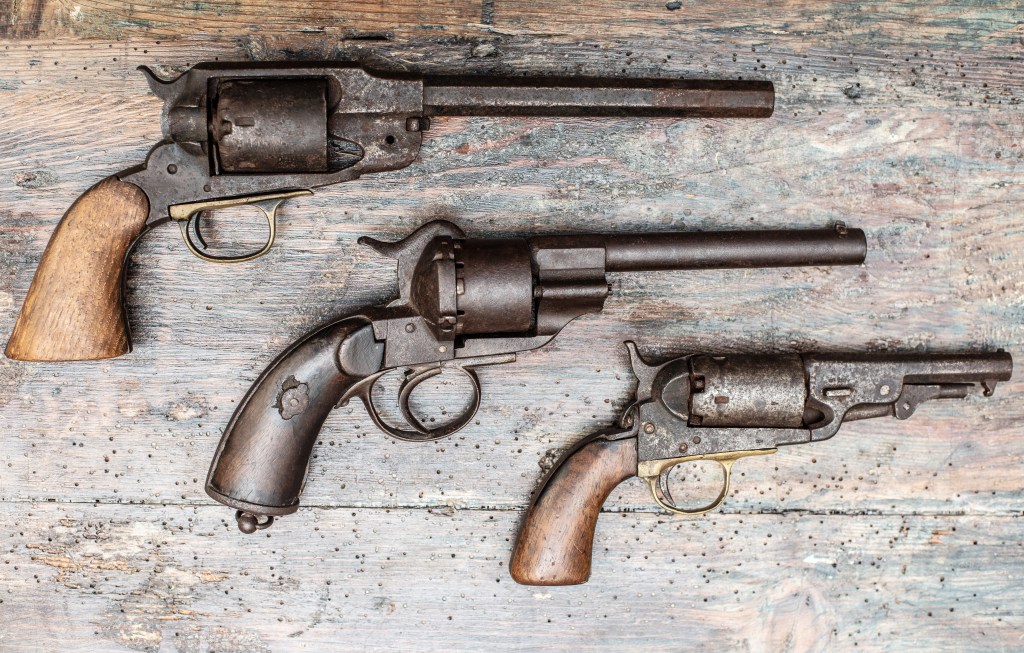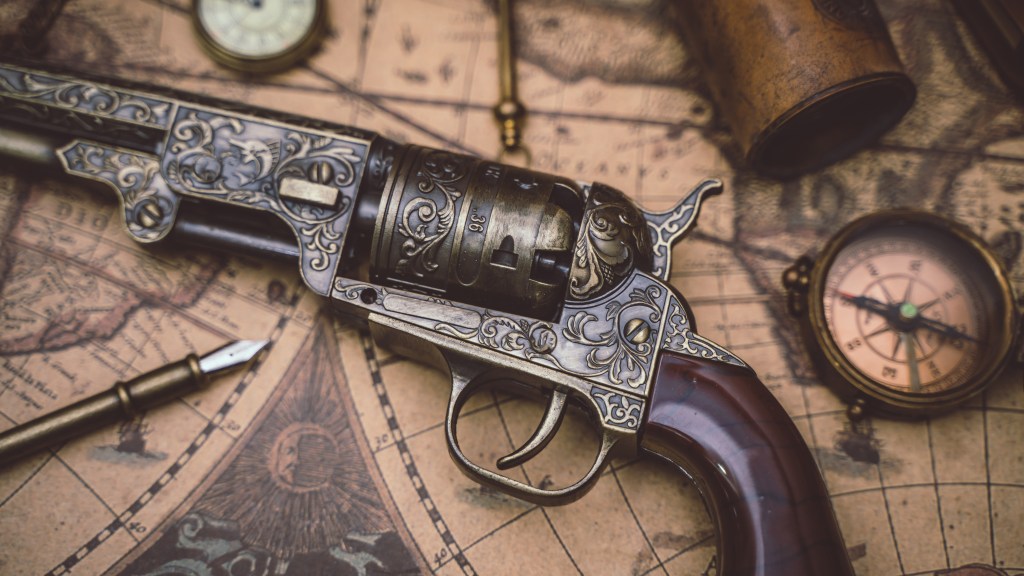Essential Guide to Antique Firearm Provenance Documents for Collectors
Discover essential insights into antique firearm provenance documents. Learn how to verify authenticity and value in your collection. Read more now!
Why Provenance Matters in Antique Firearm Appraisals
When it comes to antique guns, the story behind each piece is just as important as the gun itself. Understanding the provenance, ownership history, usage, and overall background can dramatically influence its value in the eyes of gun collectors and appraisers alike.
In this blog, we will explore the importance of provenance for antique firearms and how it impacts appraisals and value. We’ll also provide valuable tips on navigating the complexities of firearm documented history, enabling you to verify authenticity and appreciate the true worth of your collection.

Key Documents to Preserve for Historical Firearm Value
Proper documentation is crucial for establishing the authenticity and value of antique firearms. Provenance enhances the story behind the item and assures buyers and collectors that they are making a sound investment. Gun collectors should pay close attention to the types of documents that can substantiate the history of their firearms.
Antique firearm provenance documents
A well-rounded collection of documents is imperative to provide proof of ownership and history. The following items are essential for anyone serious about collecting antique firearms:
- Certificates of Authenticity (COA): A COA verifies that the firearm is genuine and provides details about its make, model, and manufacture.
- Military Records: These records can substantiate claims about military ownership, which often increases the firearm’s value.
- Sales Receipts or Auction Records: Transaction records provide details about the original owner, previous ownership, and context regarding a firearm’s history and market value.
- Historical association: Additionally, historical records can significantly bolster claims about the provenance of an antique firearm. Documents proving a prominent figure owned a gun can enhance the story and substantially increase its value. Collectors should seek letters, photographs, or other documentation to substantiate these claims.

How to Identify and Authenticate Antique Firearms
Fakes and replicas are increasingly common in the antique gun world, making it essential for collectors and enthusiasts to be knowledgeable about how to identify authentic antique firearms. With a rich history behind each weapon, understanding the nuances of antique guns can help in distinguishing genuine pieces from their counterfeit counterparts.
Collecting antique firearms
Several key identification markers are necessary to authenticate antique firearms effectively. These signs can provide significant insights into a firearm’s authenticity and provenance:
- Proof Marks: Proof marks are symbols or stamps unique to the country of origin that signify compliance with safety standards. They can be an excellent indicator of the gun’s origin and intended use.
- Manufacturer’s Mark: This mark is specific to the company or individual who manufactured the firearm. Authentic pieces will feature clear and consistent markings that align with the time period in which they were produced.
- Unit Marks: Particularly relevant for military firearms, these marks indicate the specific unit or regiment to which the gun was issued, adding another layer of historical significance.
- Serial Numbers: Serial numbers provide insights into the age of the firearm and can often be traced through historical production records, aiding collectors in their verification efforts.
- Historical Traits: Each era of firearm production has its distinctive characteristics, so investing time in learning about the history of firearm technology can be highly beneficial. For instance, different mechanisms like the flintlock and matchlock represent significant advancements in gun design and can serve as key identifiers for authenticity.

Working with Professional Appraisers: What to Expect
Navigating the intricacies of the firearm appraisal process sheds light on the true value of cherished antiques and collectibles.
The appraisal process
The appraisal process for firearms, especially antiques and collectibles, is thorough and methodical. A professional appraiser begins with a close examination of the antique firearm, taking into account several critical factors. Authenticity, rarity, and overall condition are paramount in assessing its value. The appraiser may also compare the firearm to similar models and review documentation, including records of any past sales. Additionally, they might reach out to other experts or appraisal societies to gain further insights.
What an appraiser looks for
During the appraisal, professionals focus on several key aspects of the firearm. The age of the weapon is one of the most important factors, as older guns can often hold more value. The materials and originality of the firearm are also scrutinized; for instance, whether any components have been replaced or modified can significantly impact its appraisal. Modifications, if present, are assessed to determine how they affect the firearm’s historical and monetary value.
Preparing for an appraisal
To ensure a successful appraisal, proper preparation is essential. Start by organizing all relevant documentation, including Certificates of Authenticity (COAs), purchase receipts, photographs, and any owners’ manuals available. It’s also beneficial to have notarized letters that can substantiate the firearm’s history and ownership. Additionally, check the condition of the antique firearm; make sure all parts are intact and functioning. Cleaning the firearm is equally important; removing any debris or oil, especially from the barrel and mechanisms, can enhance its presentation. Lastly, document and photograph any repairs that have been made to provide the appraiser with a complete picture of the firearm’s condition over time.

Tips for Creating a Provenance File for Your Gun Collection
Creating a dedicated provenance file for your personal collection is essential for maintaining its long-term value. A well-organized file simplifies insurance claims and adds to the overall documentation of each firearm’s history. This process involves compiling digital backups, photographs, service histories, and records from previous auctions.
Building your records
To build your records, you can create a comprehensive file either digitally using a spreadsheet or physically in a log. Include crucial information such as the historical significance of each antique firearm, for example, notable historical events like “this gun was used in the Battle of the Little Big Horn.” Additionally, document the specific type of gun, such as automatic pistols, hand guns, or fixed ammunition, along with manufacturers like Winchester, Colt, or Smith and Wesson.
- Creating a file: Don’t forget to record the serial numbers, barrel length, the date of purchase, and how you acquired the firearm, whether it was passed down from family or a good friend, purchased at an auction, or bought from a dealer. Keep any relevant documentation, such as Certificates of Authenticity (COA), and include photographs for added provenance.
- Digital backups: In today’s digital age, maintaining backups of your records is vital. Ensure that you have digital copies of all files related to your gun collection. This may include scanning documents and photographs for storage in a cloud service and utilizing external hard drives as a secondary backup. This redundancy helps protect your records from loss due to unforeseen circumstances.
- Photos: It’s important to keep both physical and digital photographs of your firearms. High-quality images can play a significant role in documenting the condition and history of each piece in your collection.
- Service history: Maintaining a record of any service history is another crucial aspect of your provenance file. Note any repairs, modifications, or maintenance performed on each firearm, and keep all relevant documents. This information can help in assessing the value of your collection and may be necessary for insurance purposes.
- Auction records: Lastly, don’t overlook the importance of auction records. Any records related to past auctions should be noted in your spreadsheet. Additionally, ensure you scan any physical proof of sales or records, as these can enhance the documentation of your firearm’s history and value.

Protecting Your Investment: Antique Firearm Insurance and Provenance
Your provenance file isn’t just a collector’s pride; it’s also a critical part of insuring your antique firearms. When it comes to antique weapons insurance, having proper documentation is essential for collectible firearm insurance coverage.
At 1776 Insurance, most items do not require appraisal. Collectors are responsible for maintaining their own inventory, including item descriptions, values, and photographs. The only exception is for individual items or sets valued over $25,000, which must be specifically scheduled. This streamlined approach makes it easier for collectors to manage their insurance needs without the burden of excessive requirements.
In the unfortunate event of a loss, you can contact our team at 888-837-9537, available Monday through Friday from 8:30 a.m. to 6:00 p.m. ET, to submit a claim. Our experienced adjusters understand the importance of your firearms and are dedicated to resolving your claims quickly and professionally, ensuring focused protection for your prized possessions without gaps or generalizations.

Sources
https://fusionfirearms.com/videovault/post/the-collectors-guide-to-antique-firearm-essentials-history-value-and-ownership-tips
http://appraiseitnow.com/blog/understanding-the-appraisal-process-of-an-antique-gun
https://www.metropawnandgun.com/blog/entryid/67/historical-guns-how-to-detect-fakes
https://prestigeestateservices.com/blog/antique-guns-understanding-their-true-antiquity-and-value/
https://morphyauctions.com/the-value-of-history-exploring-what-provenance-can-do-to-a-firearms-value-by-josh-loewensteiner/
https://app.mearto.com/militaria/guns
https://www.richmondfirearms.com/how-identify-authenticate-antique-firearms/
